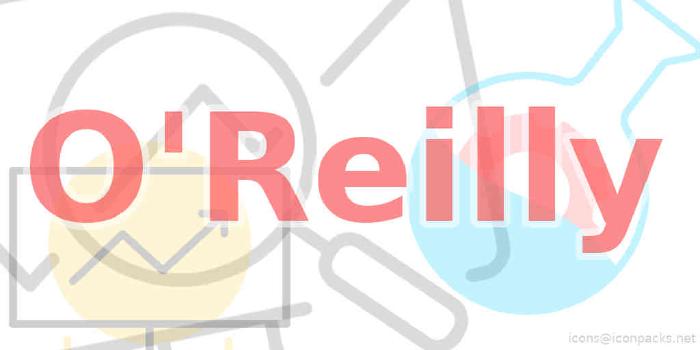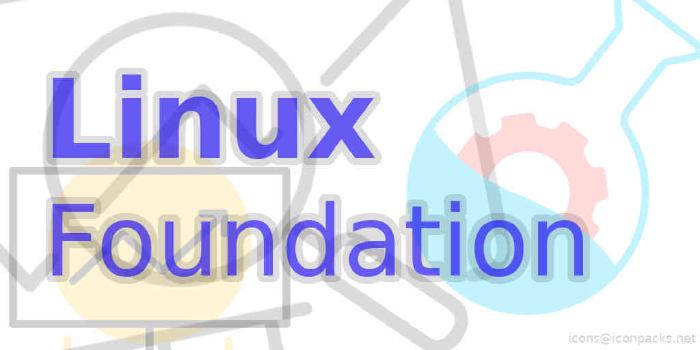Now you see me; now you compute: Building event-driven architectures with Apache Kafka

Would you cross the street with traffic information that's a minute old? Certainly not. Modern businesses have the same needs. Michael Noll explores why and how you can use Kafka and its growing ecosystem to build elastic event-driven architectures. Specifically, you look at Kafka as the storage layer, at Kafka Connect for data integration, and at Kafka Streams and KSQL as the compute layer.
| Talk Title | Now you see me; now you compute: Building event-driven architectures with Apache Kafka |
| Speakers | Michael Noll (Confluent) |
| Conference | Strata Data Conference |
| Conf Tag | Make Data Work |
| Location | New York, New York |
| Date | September 24-26, 2019 |
| URL | Talk Page |
| Slides | Talk Slides |
| Video | |
Would you cross the street with traffic information that’s a minute old? Certainly not. Modern businesses have the same needs nowadays, whether it’s due to competitive pressure or because their customers have much higher expectations of how they want to interact with a product or service. At the heart of this movement are events: in today’s digital age, events are everywhere. Every digital action—across online purchases to ride-sharing requests to bank deposits—creates a set of events around transaction amount, transaction time, user location, account balance, and much more. The technology that allows businesses to read, write, store, and compute and process these events in real-time are event-streaming platforms, and tens of thousands of companies like Netflix, Audi, PayPal, Airbnb, Uber, and Pinterest have picked Apache Kafka as the de facto choice to implement event-driven architectures and reshape their industries. Michael Noll explores why and how you can use Apache Kafka and its growing ecosystem to build event-driven architectures that are elastic, scalable, robust, and fault tolerant, whether it’s on-premises, in the cloud, on bare metal machines, or in Kubernetes with Docker containers. Specifically, you’ll look at Kafka as the storage and publish and subscribe layer; Kafka’s Connect framework for integrating external data systems such as MySQL, Elastic, or S3 with Kafka; and Kafka’s Streams API and KSQL as the compute layer to implement event-driven applications and microservices in Java and Scala and streaming SQL, respectively, that process the events flowing through Kafka in real time. Michael provides an overview of the most relevant functionality, both current and upcoming, and shares best practices and typical use cases so you can tie it all together for your own needs.

